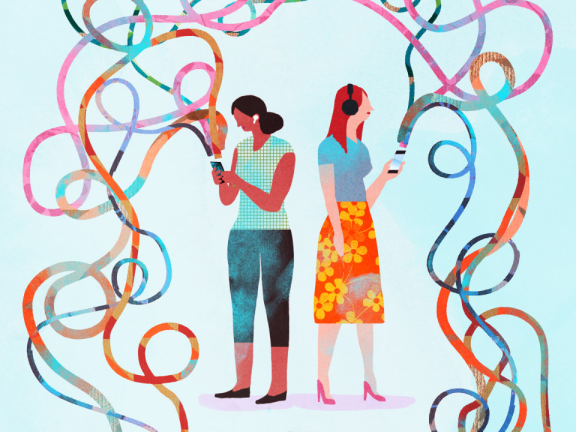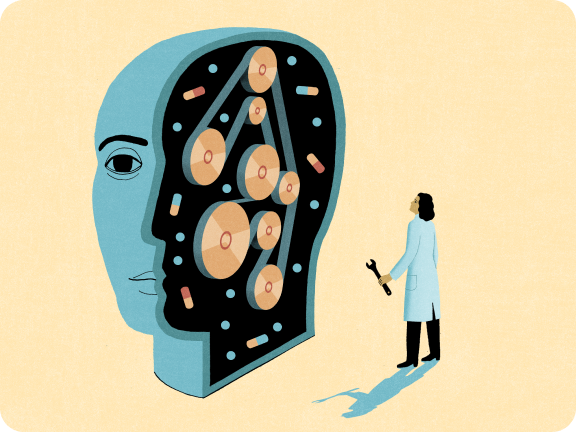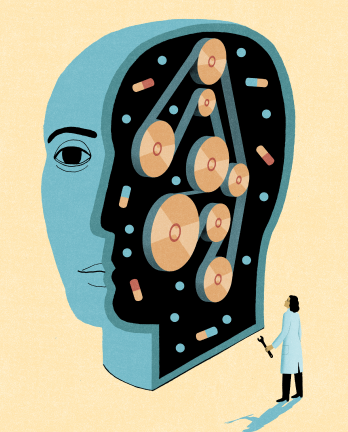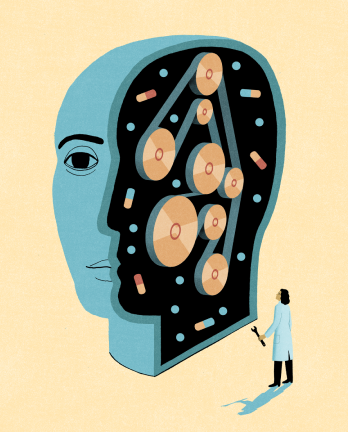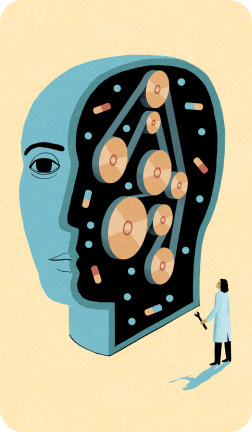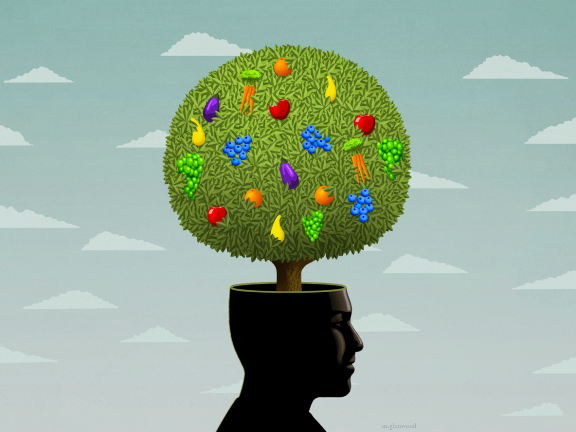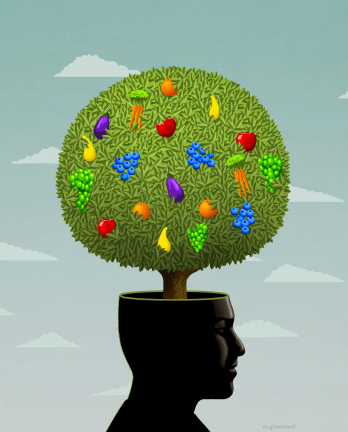Partner Content
This content was paid for by Jefferson Enterprise and created by INQStudio. The news and editorial staffs of The Inquirer had no role in this article’s creation.
This content was paid for by Jefferson Enterprise and created by INQStudio. The news and editorial staffs of The Inquirer had no role in this article’s creation.
Many of us misjudge the connection between deprivation and violence. It’s costing us opportunities for progress on both.
Many of us misjudge the connection between deprivation and violence. It’s costing us opportunities for progress on both.
Many of us misjudge the connection between deprivation and violence. It’s costing us opportunities for progress on both.
Many of us misjudge the connection between deprivation and violence. It’s costing us opportunities for progress on both.

But correlation is not causation, and the link between poverty and violence is not a straightforward one. Consider the fact that the Great Recession of 2007 to 2009 did not produce a crime wave. On a global scale, the relationship between homicide rates and gross domestic product (GDP) per capita, which is one measure of a society’s economic standard of living, is all over the map. Nearly two dozen countries whose GDPs are a third or less of that of the United States experience lower homicide rates.
Oversimplifying the connection between poverty and violence is costing us time, resources, and public support for initiatives that could help us make progress on both issues. “What people do that’s very reductive is consider poverty as a predictor of violence,” says Rosemary Frasso, Ph.D., a professor of population health at Thomas Jefferson University and an expert on social welfare issues. “But this doesn’t provide a space for us to appreciate and understand what’s happening” in our communities around both issues, she warns.
Frasso says we should instead see these phenomena as intersecting, with factors that influence both often rising and falling together. This more nuanced understanding is essential in crafting effective policies that genuinely uplift communities and move us closer to disrupting poverty and violence.

When experts try to disentangle myths, we provide a lot of evidence and data, but people just get overwhelmed and go back to what they already perceive.”
The Brain on Deprivation
Threats to survival activate the amygdala, prompting the instinctive fight-or-flight response.
Persistent concerns about providing for family can elevate cortisol levels, the body’s primary stress hormone.
But the link between 21st-century poverty and these ancient survival mechanisms is much more complex and highlights the deep disparity between the challenges we faced millennia ago and the realities of today.
Hunter-gatherer societies faced immediate threats to survival, such as scarcity of food, exposure to the elements, and predation. The struggle for survival in today’s information age is shaped by complex socioeconomic factors, technological disparities, and institutional barriers that can make existing social tensions, inequalities, and stressors worse, creating a fertile ground for conflict.
Chronic stress, a common companion of poverty, is harmful to the brain. Prolonged exposure to stressors triggers the release of cortisol, a stress hormone, which can reshape connections in the brain and negatively influence areas crucial for impulse control, decision-making, and emotional regulation.
Furthermore, research indicates that early life experiences, including exposure to poverty and violence, can mold the developing brain. Adverse childhood experiences (ACEs) alter our neural circuitry, with negative and lasting consequences.
Here’s Where It Gets Complicated

People consider poverty as a predictor of violence, but this doesn’t provide a space for us to appreciate and understand what’s happening.”



Why are our oversimplified beliefs about this issue so persistent?
Frasso explains that our brains tend to simplify complex matters for the sake of cognitive ease. We often succumb to the temptation to link two variables — X, therefore Y — driven by our innate desire for convenient explanations and quick solutions.
Our tendency to simplify could be a remnant of a survival strategy that prioritizes swift decision-making. The average person’s limited training in interpreting data — along with our echo chamber-fueled perspectives — adds to the problem. “When experts try to disentangle myths, we provide a lot of evidence and data, but people just get overwhelmed and go back to what they already perceive,” Frasso says.
This is why we so easily jump to conclusions when, for example, U.S. Justice Department data shows that the poorest Americans are almost twice as likely to experience violence as the wealthiest are.
Rather than being inspired to dig deeper to understand root causes, we take shortcuts that blind us to the complexities of poverty and violence, especially when the stats seem to tell such an ironclad story. The consequences? Lack of public support for promising solutions and a counterproductive and ongoing stigma.
“We’ve made decisions on a policy level that have created complex situations in communities, and we’ve underinvested in communities through poor policy decisions,” says Frasso. “I think some of that is informed by historical injustice that has been perpetuated through time.”
Hope on the Horizon
But some promising experiments have managed to break through and disrupt our poverty/violence myths. These pioneering programs, grounded in evidence-based practices, offer beacons of hope for communities.
The aforementioned Operation Ceasefire model showcases the potential for positive change in communities facing pervasive underinvestment. The initiative challenges the notion that violence is an unavoidable consequence amid such conditions.
With its public health-driven approach, Operation Ceasefire achieved a remarkable 63% reduction in youth homicide in just over one year when it was launched in Boston’s Dorchester neighborhood in the mid-1990s.
Criminologists David Kennedy and Anthony Braga, who designed the approach (now called the Group Violence Initiative, or GVI), found that less than 1% of a municipality’s population tends to be responsible for up to 75% of all homicides. Their solution involves a “call-in” within that community. First, law enforcement identifies people at the highest risk of committing violence — mostly those with close ties to previous offenders and victims. Then, a coalition that includes police, prosecutors, community residents, clergy, and social service providers issues an ultimatum with the promise of support: cease violent activities and take an off-ramp to peaceful behavior or face severe consequences for future acts of violence.
The National Network for Safe Communities, which Kennedy now leads, helps U.S. municipalities implement the approach.
“The aim of the GVI strategy is to reduce peer dynamics in the groups that promote violence by creating collective accountability, to foster internal social pressure that deters violence, to establish clear community standards against violence, to offer group members an ‘honorable exit’ from committing acts of violence, and to provide a supported path for those who want to change,” stated the U.S. Attorney’s Office for the Middle District of Pennsylvania when the city of York adopted the GVI approach.
Numerous cities have adopted GVI strategies focusing on community engagement, mental health support, and conflict resolution programs. Operation Peacemaker Fellowship in Richmond, California, helped drive a 55% reduction in gun-related assaults and homicides from 2010 to 2016. Operation Ceasefire in Oakland, California, achieved a 46% reduction in gun-related homicides from 2012 to 2017.

Poverty and violence are consequences that lead back to the same underinvestment in communities.”
Rosemary Frasso, PH.D., professor of population health, Thomas Jefferson University
As promising as the GVI strategy is, underinvestment, inconsistent buy-in from involved parties, and implementation issues have led to mixed results. In a 2023 report evaluating York’s initiative, which had no effect on gun homicide rates, the authors noted that “changes in leadership, staffing levels, and program implementation may have affected the consistency of the intervention.”
And while the most successful instances of these programs have driven dramatic reductions in gun violence, communities need to also take advantage of the window of opportunity afforded by violence reduction to make more comprehensive investments that promote all-around healthier communities.
Council for the Homeless, a U.S.-based advocacy group, cites “[p]eople who are homeless are dangerous, violent, and/or criminals” as one myth we harbor about those who are unhoused.
Researchers David A. Snow, Susan G. Baker, and Leon Anderson, in a seminal study on the perceived link between homelessness and violence, revealed that homeless men are no more, and are possibly less, likely to commit violent crimes than the general male population. Their findings, based on a comprehensive analysis of arrest records, emphasize that these misconceptions not only hinder support for effective interventions but also increase the likelihood of undesirable community outcomes. By stigmatizing those who can’t maintain stable housing, the persistence of this myth poses challenges for elected officials and policymakers striving to garner support for evidence-based programs that can help lift people out of the precarity of being unhoused.
In 2023, the Center for Homelessness, Housing and Equity Research at the University of Southern California’s Suzanne Dworak-Peck School of Social Work published a progress report on a program offering an unrestricted $750 monthly stipend to people in California who were unhoused. Recipients experienced a 60% reduction in homelessness after one year and reported an increased ability to meet their basic needs, with spending overwhelmingly directed to food, housing, transportation, clothing, and health care.
These initiatives show what is possible when we reject myth and stigma and question our assumptions about poverty and violence in order to create a pathway for public support for policies that create healthier communities for all. With this redefined narrative, hope can take root, putting the cycle of poverty and violence, at last, within our power to break.
Illustrations by Dan Bejar
Home of Sidney Kimmel Medical College




























